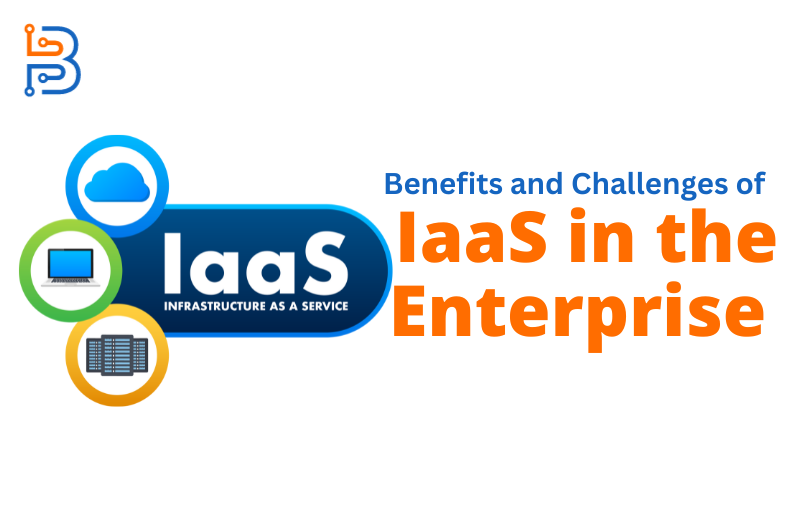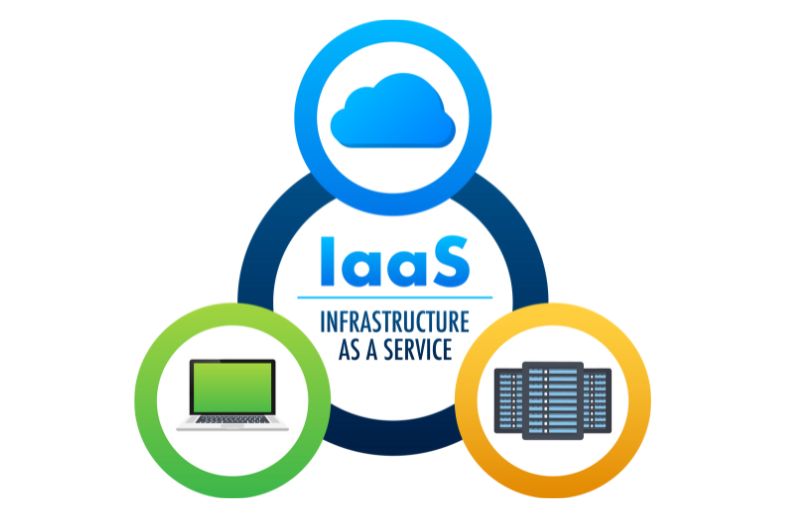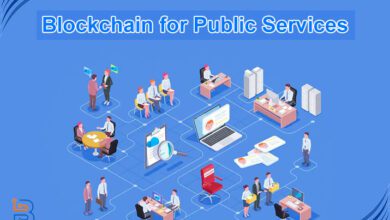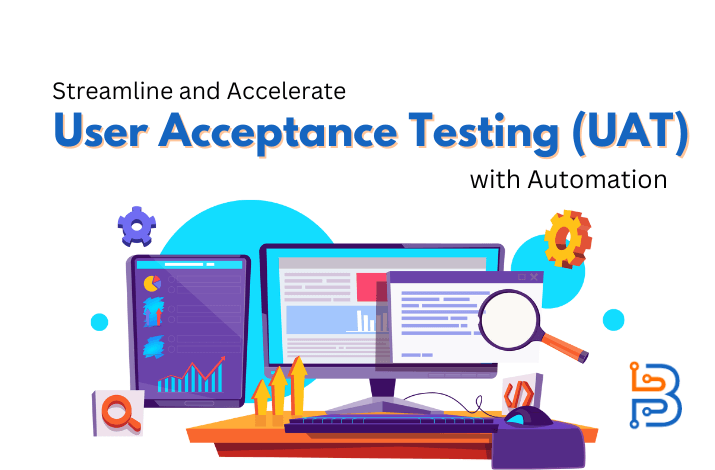Benefits and Challenges of IaaS in the Enterprise

Enterprise IT resource management has experienced a significant shift due to Infrastructure as a Service (IaaS). Because IaaS providers provide scalable and flexible Infrastructure through the cloud, the traditional on-premises data center model has changed. Users can create and remove resources like virtual machines, storage, and networking on demand. This flexibility allows organizations to pay only for the resources they use and to adjust their Infrastructure to meet changing needs quickly.
What is IaaS?
IaaS or Infrastructure as a Service, is a cloud computing service model that provides virtualized computing resources over the internet. IaaS is one of the three primary categories of cloud computing services, alongside Platform as a Service (PaaS) and Software as a Service (SaaS).
In an IaaS environment, cloud providers offer a comprehensive infrastructure with virtualized hardware resources such as servers, storage, and networking components. These resources are hosted in data centers and made available to customers on a pay-as-you-go or subscription basis. Users can access and manage these infrastructure components remotely via the Internet.

Benefits and Challenges of IaaS in the Enterprise
Here, we explain the benefits and challenges of IaaS in enterprises, shedding light on the evolving landscape of IT infrastructure.
Benefits of IaaS in the Enterprise
Cost Efficiency
One of the most attractive benefits of IaaS is cost efficiency. Traditional on-premises infrastructure demands substantial capital investment, ongoing maintenance, and significant operational costs. IaaS allows organizations to scale resources up or down as needed, paying only for what they use. This cost flexibility enables businesses to divide their budget more effectively, directing resources to strategic initiatives rather than infrastructure maintenance. IaaS providers deliver fee pricing models based on usage, optimizing spending for specific needs, reducing over-provision, and promoting cost efficiency, allowing organizations to focus on innovation and growth.
Scalability
IaaS provides unparalleled scalability. Enterprises can quickly respond to fluctuating demand by adding or removing cloud resources, making it an ideal solution for seasonal or constantly growing businesses. This flexibility ensures that IT resources are never a hurdle for business expansion, thus supporting innovation and competitiveness. IaaS scalability optimizes resource apportionment, reducing unnecessary expenses and enabling strategic initiatives, enhancing innovation and market competitiveness in constantly changing markets.
Read Also: Tips for an Excellent SaaS
Reduced Maintenance and Management
IaaS eliminates the need for in-house infrastructure management, as service providers handle hardware, networking, and security. This eliminates a considerable burden from internal IT teams, enabling them to focus on more value-added tasks such as software development, optimization, and strategic planning. IaaS reduces hardware maintenance and upgrade costs, allowing businesses to divide resources more efficiently and invest in growth- and innovation-driven areas.
Disaster Recovery
IaaS provides solid disaster recovery solutions. Data is stored in geographically distributed data centers, reducing the risk of data loss due to physical disasters or hardware failures. This ensures high availability and data integrity, which are necessary for business continuity. IaaS provides flexible and scalable options for disaster recovery, allowing businesses to copy easily and back up their data in multiple locations.
Geographic Flexibility
IaaS allows enterprises to operate globally without the constraints of physical location. Employees and customers can access applications and data virtually anywhere via the internet, fostering remote work and enhancing the customer experience. IaaS providers often have data centers in different regions worldwide, allowing businesses to choose the closest one to their target audience for improved performance and reduced latency. This geographic flexibility enables enterprises to expand into new markets without costly infrastructure investments quickly.
Security
Prominent IaaS providers invest significantly in security and provide advanced defense against online attacks. To protect data, they hire security specialists, utilize cutting-edge encryption, and upgrade security protocols frequently. Achieving this degree of protection with on-premises solutions is often challenging. IaaS providers provide enhanced security through multiple data centers across regions, making them a reliable choice for businesses concerned about data protection.

Challenges of IaaS in the Enterprise
Security Concerns
While IaaS providers provide robust security, organizations must manage access controls, encryption, and compliance. The shared responsibility model means the customer is responsible for securing their applications and data. Misconfigured settings or lax security practices can expose sensitive information to possible breaches. Organizations must address fraud threats and unauthorized data access risks by implementing powerful security measures and regularly monitoring and updating them to protect sensitive information in an IaaS environment.
Data Privacy and Compliance
Enterprises operating in heavily regulated industries, such as healthcare or finance, must carefully navigate data privacy and compliance requirements. Data stored in the cloud may cross international borders, raising complex legal and regulatory issues. Organizations must implement data governance and encryption protocols to comply with privacy regulations like GDPR and HIPAA and conduct regular audits to minimize legal risks and ensure ongoing compliance.
Integration Complexity
Integrating IaaS with existing on-premises Infrastructure or other cloud services can be complex. Ensuring seamless interoperability often requires significant planning and specialized expertise. Legacy applications may need to be refactored to function in a cloud environment. Organizations may need to establish secure connections and configure networking elements to communicate smoothly between systems. It is important to thoroughly assess the integration complexity and divide enough resources and expertise to ensure a successful and efficient integration process.
Vendor Lock-In
Switching between IaaS providers can be challenging due to the proprietary nature of cloud services. Organizations may find themselves locked into a particular vendor’s ecosystem, which can limit flexibility and increase long-term costs. To avoid vendor lock-in, organizations should evaluate their requirements and adopt a multi-cloud strategy, distributing workloads across multiple IaaS providers, reducing dependency, and choosing open-standard, easy-to-migrate cloud services for future scalability.
Cost Management
While IaaS can be cost-efficient, it can also lead to unexpected costs if resources are not appropriately managed. Overprovisioning or neglecting to monitor usage can result in budget overruns. Practical cost management tools and practices are essential to reducing this challenge. Implementing a cost management strategy involves monitoring use, optimizing instances, utilizing automation, implementing cloud governance policies, and conducting regular audits to identify improvement areas and potential cost savings.
Downtime and Reliability
IaaS providers strive for high uptime, but they are not immune to outages. Businesses should have redundancy and failover strategies to ensure continuity during service interruptions. Implementing a multi-region deployment strategy and regularly updating disaster recovery plans can reduce outages and improve reliability by distributing workloads across different locations.
Conclusion
IaaS has become the foundation of modern enterprise IT infrastructure, providing many benefits in cost efficiency, scalability, and security. It has its challenges, including security concerns, data privacy issues, and integration complexities. Successful adoption of IaaS requires careful planning, a focus on security and compliance, and ongoing cost management. When leveraged effectively, IaaS can empower enterprises to drive innovation, enhance flexibility, and stay competitive in a rapidly evolving digital landscape.






